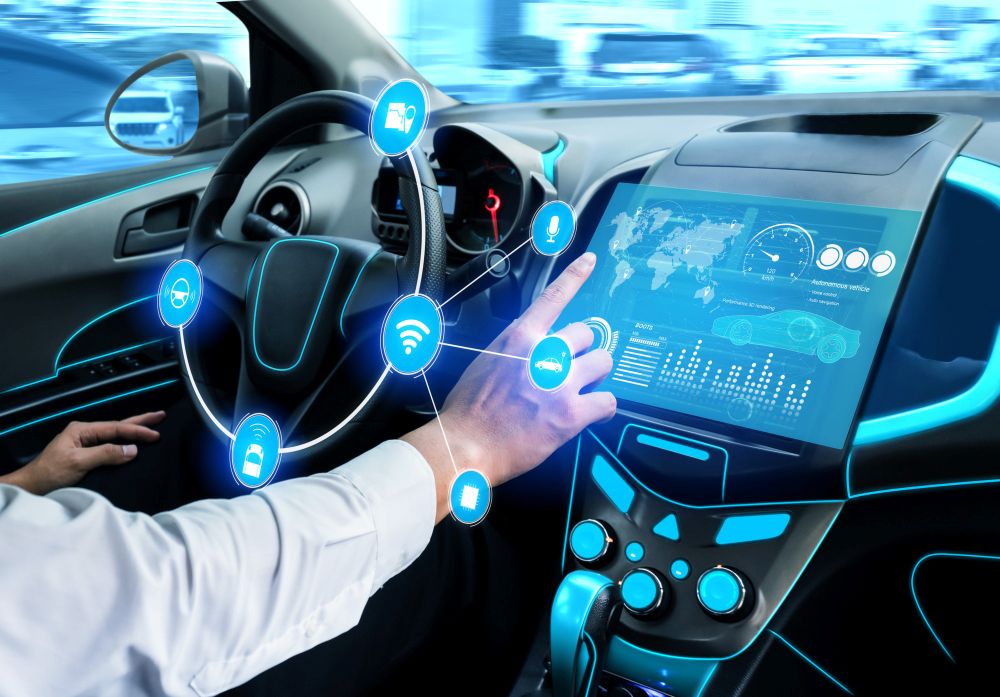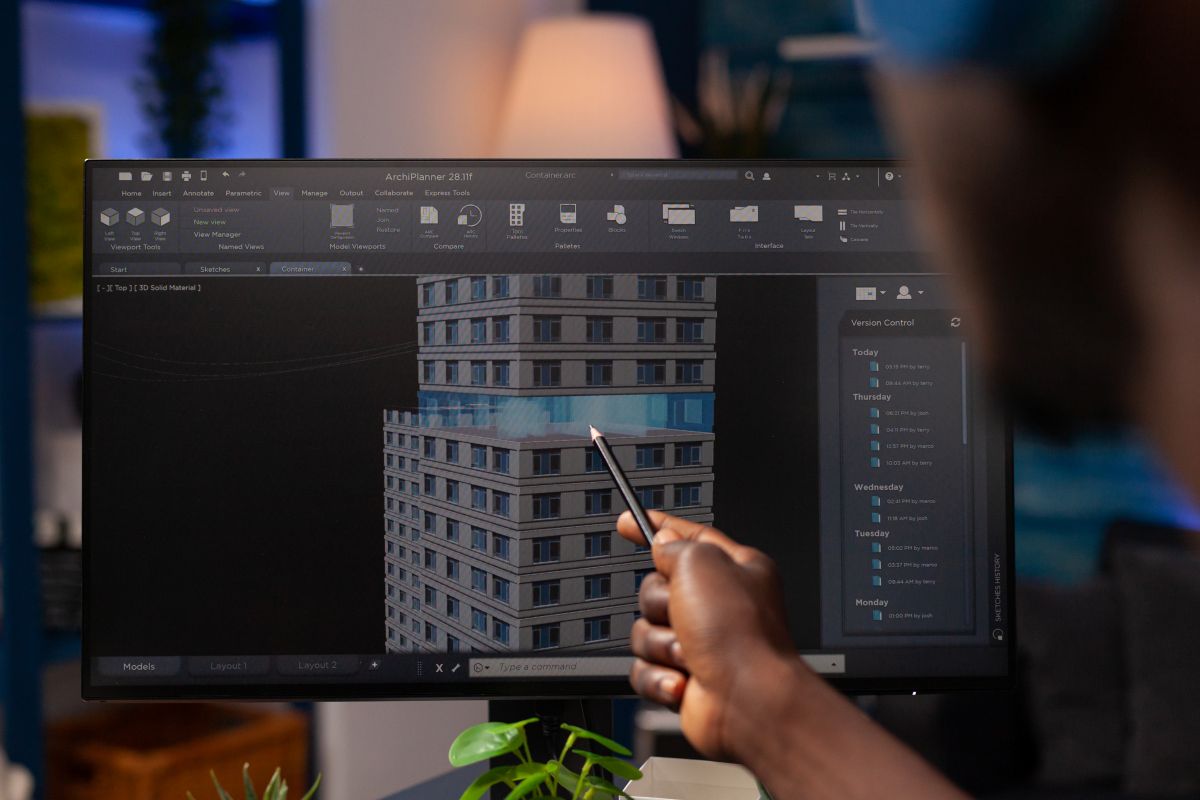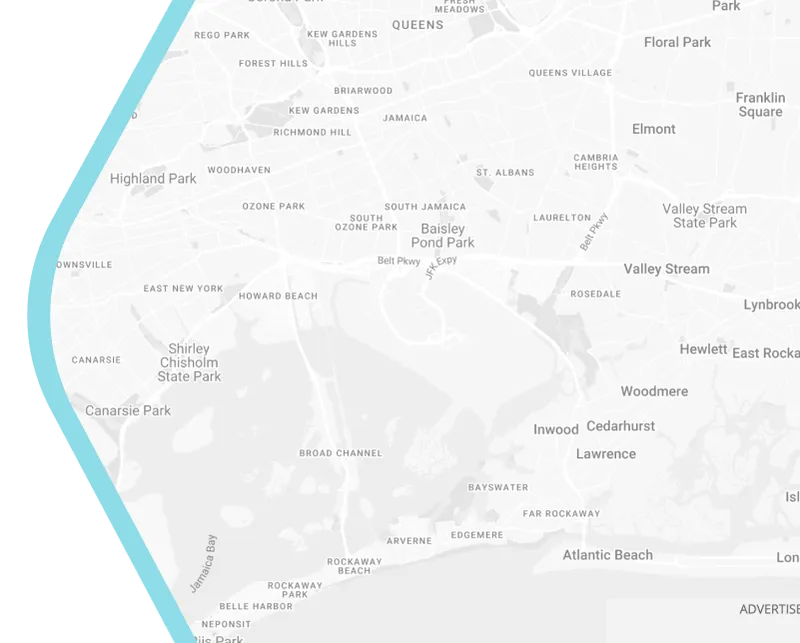
Urban Innovation Trends Shaping the Future of Smart Cities
Introduction – Why Urban Innovation Matters in 2025
Urban innovation is no longer just a buzzword—it’s the driving force behind cities’ ability to adapt, grow, and thrive in an increasingly complex world. By combining technology, sustainability, and human-centered design, cities can address today’s challenges while preparing for tomorrow’s opportunities. In 2025, smart cities are moving beyond isolated pilot projects toward integrated, citywide solutions that enhance quality of life, improve governance, and boost resilience.
1. Data-Driven Decision Making for Urban Growth
Cities generate vast amounts of data every day—traffic flows, energy consumption, waste management statistics, and more. When analyzed effectively, this data becomes a powerful tool for urban innovation. By implementing advanced analytics platforms, city leaders can make informed policy decisions, optimize public spending, and anticipate future demands. For example, Singapore’s Smart Nation initiative uses real-time data dashboards to coordinate services across departments, reducing inefficiencies and improving citizen satisfaction.
2. Internet of Things (IoT) Integration Across City Services
IoT technology connects physical infrastructure to digital networks, enabling continuous monitoring and control. In modern smart cities, sensors track everything from air quality to street lighting efficiency. Barcelona, for instance, has deployed smart parking sensors that guide drivers to available spots, cutting congestion and emissions. The integration of IoT across public services reduces operational costs and provides the agility cities need to respond to dynamic conditions.
3. AI and Machine Learning for Predictive Urban Planning
AI-driven predictive modeling is transforming urban planning by forecasting trends such as population shifts, transport needs, and environmental changes. Cities like Helsinki are using AI to simulate the impact of zoning changes, helping planners design resilient neighborhoods. These tools not only optimize current resources but also future-proof urban spaces against challenges like climate change and population growth.
4. Green Technology for Sustainable City Development
Sustainability remains a cornerstone of urban innovation. Renewable energy systems, smart grids, and climate-adaptive infrastructure are helping cities meet carbon-neutral goals. Amsterdam’s smart grid program, for example, balances electricity demand and supply while integrating renewable sources. By embedding green technologies in their development strategies, cities are reducing their environmental footprint and improving public health.

5. Digital Twin Technology in City Design
A digital twin is a virtual replica of a physical city that planners can use to simulate, test, and refine urban systems before implementation. This technology helps optimize everything from traffic flow to emergency response. Shanghai’s digital twin platform models citywide operations, enabling real-time adjustments during events or crises. This proactive approach makes cities more adaptive and resilient.
6. Smart Mobility Solutions for Connected Transportation
Urban mobility is undergoing a digital revolution. Autonomous shuttles, electric buses, and micro-mobility solutions like e-scooters are transforming how people move within cities. In addition, integrated apps allow citizens to plan multi-modal journeys seamlessly. These solutions reduce congestion, lower emissions, and increase accessibility for underserved communities.
7. Citizen-Centric Platforms for Public Engagement
Smart cities prioritize the voices of their residents. Digital platforms for public engagement—such as open data portals, online consultations, and mobile feedback apps—ensure that policies reflect community needs. Seoul’s mVoting system lets citizens directly participate in policy-making, fostering trust and transparency in governance.
8. Urban Innovation Ecosystems and Collaboration Models
No city can innovate in isolation. Public-private partnerships, research collaborations, and community-driven initiatives create ecosystems where ideas can flourish. Toronto’s Waterfront Innovation Centre is an example of how collaboration can accelerate the deployment of smart technologies in urban spaces.
Conclusion – Building the Next Generation of Smart Cities
Urban innovation is redefining the possibilities for city living. By embracing technology, sustainability, and inclusivity, smart cities are creating environments where people can thrive. The future belongs to cities that see innovation not as a one-off project but as a continuous, collaborative process.
